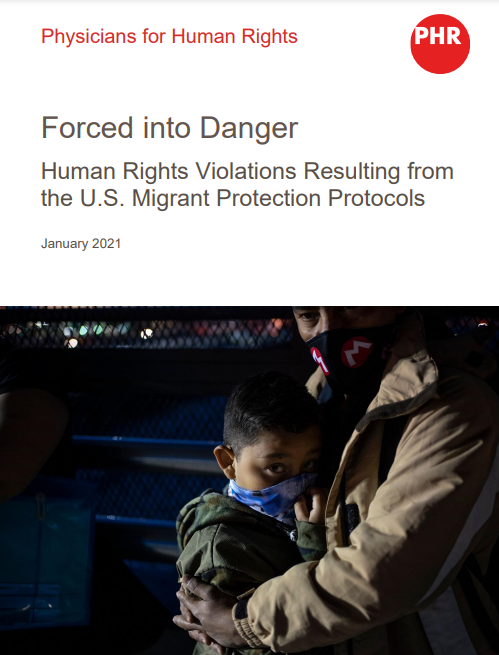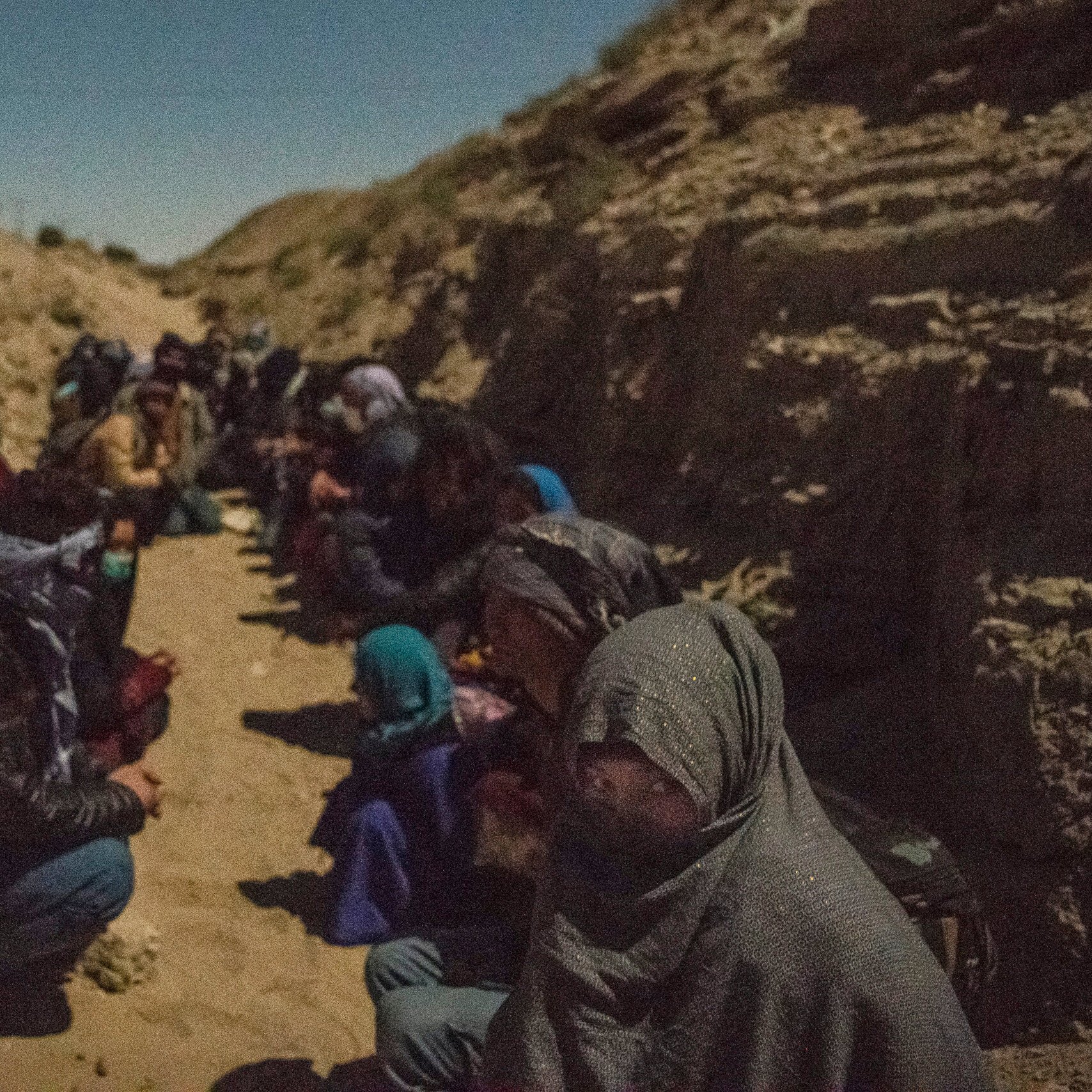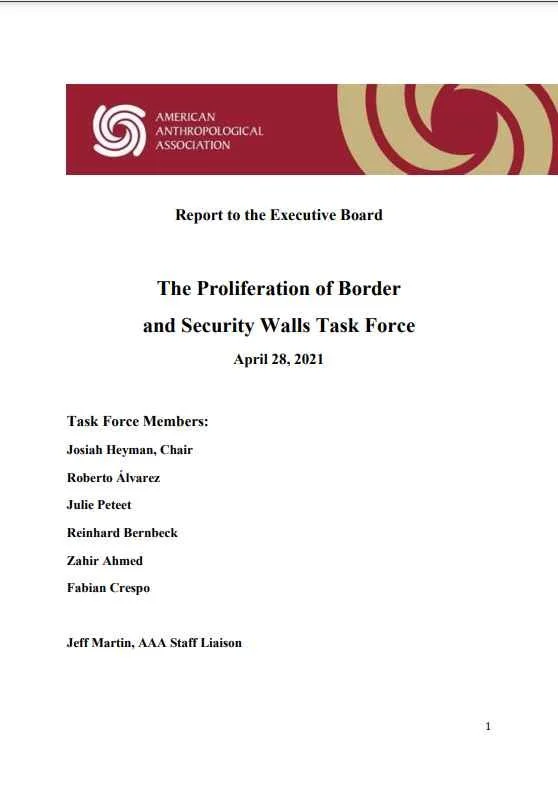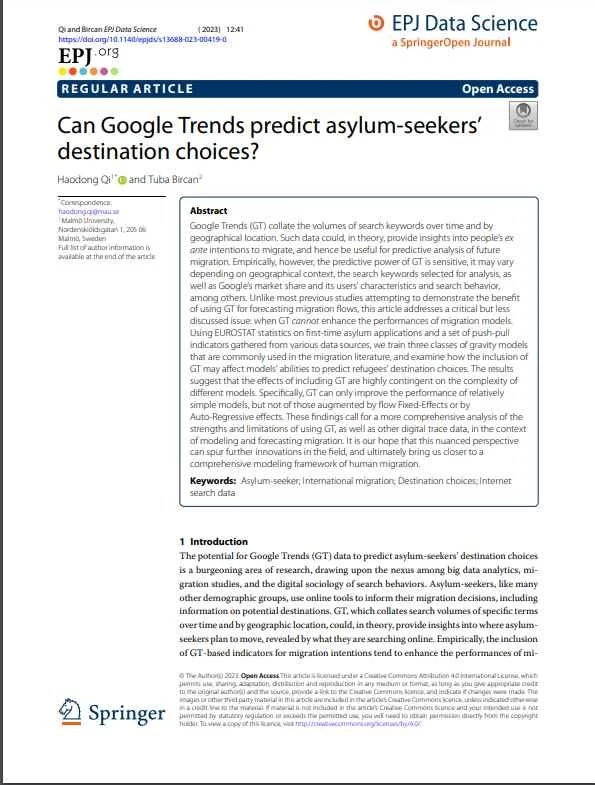By: Priyanka Bhatt, Katie Quigley, Azadeh Shahshahani, Gina Starfield, Ayano Kitano
Immigrants detained at the Irwin County Detention Center (ICDC) in Georgia have, for years, suffered egregious medical abuse, including invasive and medically unnecessary gynecological procedures without consent. Since Immigration and Customs Enforcement (ICE) contracted with ICDC in 2011, advocates have consistently raised concerns about the treatment of immigrants at the facility, including the lack of adequate medical and mental health care. Yet, months after that announcement, immigrants were still being detained in inhumane conditions at ICDC, until the last ones were transferred to other facilities in early September 2021. This report highlights the stories of women who suffered lasting trauma and debilitating physical and psychological effects of the medical abuse they endured while detained at ICDC. The abuses they suffered were first brought to light in September 2020, when Project South, together with Georgia Detention Watch, the Georgia Latino Alliance for Human Rights, and the South Georgia Immigrant Support Network, filed a whistleblower complaint with the Department of Homeland Security (DHS), ICE, and ICDC detailing the gross disregard for the health and medical well-being of immigrants detained at ICDC. The complaint, submitted on behalf of immigrants held at ICDC and whistleblower Dawn Wooten, a licensed practical nurse at ICDC, publicized multiple accounts of immigrant women subjected to non-consensual, medically unnecessary, or invasive gynecological procedures while in detention. Many women detained at ICDC did not understand the invasive medical procedures they were subjected to and, as a result, suffered not only lasting trauma but also debilitating effects of the procedures that they were not informed about. The complaint prompted more than 170 members of Congress to demand an investigation by DHS, which is ongoing. In October 2020, an independent team of medical experts, including board-certified obstetricians, reviewed the medical records of multiple women at ICDC and found a significant pattern of incorrect diagnoses and failure to secure informed consent for medical procedures.8 These abuses occurred despite the fact that the doctor who perpetrated them, Dr. Mahendra Amin, had already been investigated and prosecuted by the Department of Justice for similar abusive behavior, specifically for performing unnecessary medical procedures in violation of the False Claims Act. After these women and many others came forward, DHS and ICE retaliated by deporting and threatening to deport those who spoke out. These actions violate the First Amendment, which guarantees the right to petition the government and participate in federal investigations. By detaining these women for months on end during a global pandemic, DHS, ICE, and ICDC also failed to protect their health and safety, as mandated by the U.S. Constitution, statutes, and regulations. The non-consensual treatment of these women also violates fundamental human rights, including the right to informed consent and bodily autonomy, which may not be violated under any circumstances. The United States must be held accountable for failing to uphold its obligations under both domestic and international law.
Atlanta: Project South, 2021. 37p.























